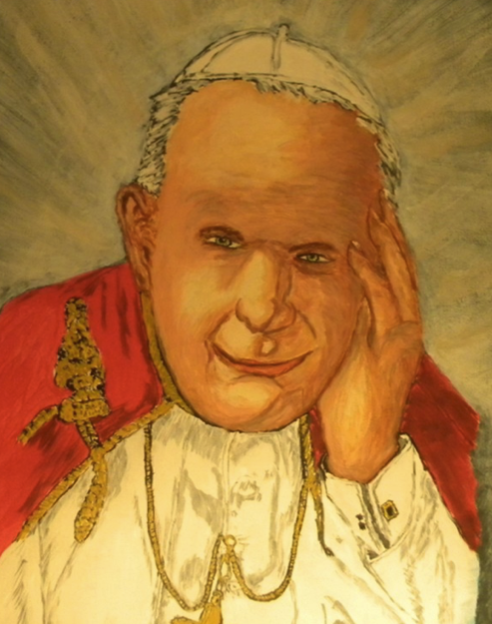The Purpose of Religious Images

Art has a unique capacity to take one or other facet of the message and translate it into colors, shapes and sounds which nourish the intuition of those who look and listen.
Not all are called to be artists in the specific sense of the term. Yet, as Genesis has it, all men and women are entrusted with the task of crafting their own life: in a certain sense, they are to make of it a work of art, a masterpiece. – St. John Paul II, Pope
From its very beginning nearly 2,000 years ago, the Catholic Church has used art to instruct men and women about the Faith and to inspire them to live up to its high ideals. An old tradition holds that St. Luke the Evangelist was the first Catholic artist, painting a portrait of the Virgin Mary, whose face he had actually seen in life. For this reason, he is one of the patron saints invoked by artists.
The place which images of holy men and women have in the Catholic Church has long been misunderstood by those on the outside. In the 8th century, during the period when the iconoclasts sought to destroy any depiction of Christ and His saints, St. John Damascene wrote in defense of sacred art: "Through icons of Christ we contemplate His bodily form, His miracles, and His sufferings… and we are sanctified."
The early Church Fathers wrote that sacred art should raise the soul and mind of the beholder to the incorruptible and eternal realm of the Spirit. In modern times, Pope John Paul II has written, "Iconography is based on the mystery of the Incarnation in which God chose to assume a human face… Sacred art seeks to transmit something of the mystery of that Face."